
Home - Gallery
- Contact - My Origami - Videos -
Privacy Policy
HISTORY OF ORIGAMI
(main page)
click
here for archive page history
What
is ORIGAMI?!
The total number of different folds used in origami is not very much,
but by the countless
variations between these folds, you can fold almost everything you can
imagine.
A SQUARE shaped paper is used for folding origami models, CUTTING and
GLUEING is
absolutely prohibited.
Many origami artists still follow these guidelines and succeed in
folding these kind of
models from just ONE SQUARE PAPER:



Large bug by Robert Lang
Unicorn by Satoshi
Kamiya
Dragon by
Satoshi Kamiya
Some very cool variations in origami have become popular the last few
years.
Below are some nice examples:
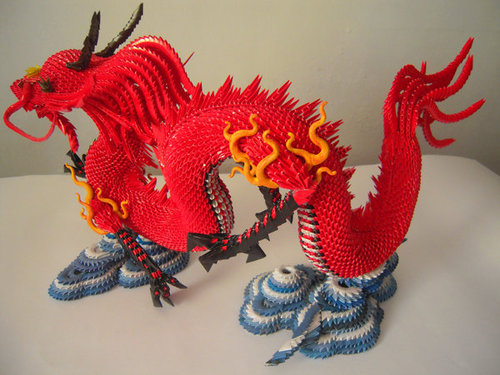 Modular Origami
Modular Origami
One large model is created of thousands simple and tiny
origami models
more
info here
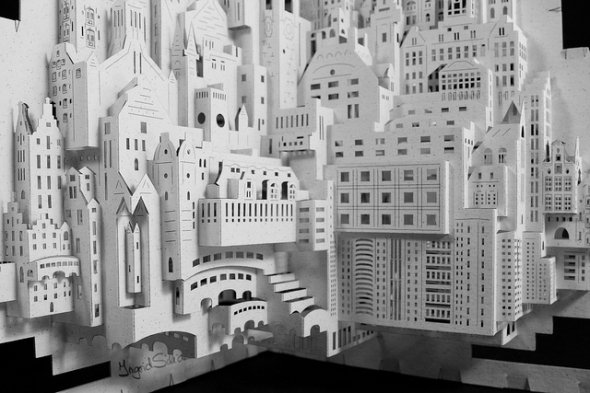 Kirigami
Kirigami
Kirigami is mostly used to make
it
easier folding a complex model, like an
insect.
This paperart/kirigami city
is
made by Ingrid
Siliakus
 Strip-folding
Strip-folding
Cute models are folded of long
and mostly colourful paper strips. These are
origami lucky stars
These variations in origami don't fit the basic origami-rules and
should be tagged with WRONG
Luckely most people are not very strict, we
are permitted to have fun in crafting and have
a
smile on our face. So
I don't have to DELETE half of my own site and can call this origami
too:
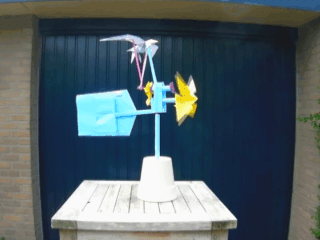
Each single part of this model
is folded of a square
paper and it is 100% paper, maybe I should call it
a modular origami model...
Why do people like
making Origami Models so much?!
What's the
reason this craft even exists?
David Lister wrote a piece somewhere about
people which have a small piece of paper
in their hands, like a bus-ticket or small flyer. Many people will
start playing with/folding
or crumbling that paper subconciously while they are thinking of
something else then
that paper. He might be right, maybe we just want to make that paper
(=object) as small
as we can and then throw it away or hide it somewhere.
Never mind, our hands are simply made for working all day long:
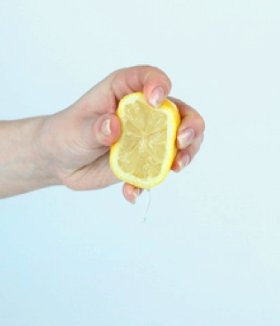



Mankind would not
This task requires a great
make this bunch of
Honest
handwork can
have
achieved much deal of concentration,
like
money as little
as be very relaxing...
without
hands
origami. Good Job!
possible, it's mine!
Looks fine to me :)
And picking/squeezing/origami gives most people a relaxing feeling,
there are many
written articles about the relaxing/heeling power of crafts/origami.
Where does Origami come
from?
How did Origami develop in all these years?
Nowadays, almost everybody agrees that origami
originates in China. Most people
that hear the word origami think of Japan first, that's probably
because it became
very popular in Japan when paper got cheaper and cheaper, a few hundred
years
ago. After that, origami spread all over the world.
The first origami book ever "How to fold 1000 cranes" released in 1797.
There
weren't any (official) written origami instructions before this date:
The
instructions were teached mouth to mouth to each next generation, so
most models
were very simple to learn. Not as advanced as some models we can learn
now
from books and videos.
Since a few years it's even possible to design models with the
computer: You can
define where you're model needs legs, tails etc. and the software
calculates
how to fold your model, Robert Lang made this program, his site shows
very advanced
models which he designed using his own software.
Because there are so many advanced models nowadays, it's becoming more
and
more important for artists to design a model that also looks
good/artistic.
They do this by using paper with nice colourful patterns, for example.
Or even
papers with eyes, noses, numbers etc. already printed on.
Origami is becoming more then just designing a model and making a
picture of
of it on a one colour background, although some are still very good at
this.
Until the seventies is was pretty easy for a person to keep up to date
with all
existing origami models and know what the latest developments were.
After the seventies new origami sociëties and artists came so
quick that it
was impossible to keep track of all these new developments.
Traditional Models
There have been designed many origami models now, some of them are
known by almost
everybody:




Iris more
info
Frog more
info
Crane
Boat
These are 'traditional models' and most of them look pretty simple.
The designer of these kind of models is unknown, because the design is
very old and
probably teached mouth to mouth to the next generations.
Below are some examples of models that are called traditional sometimes
too:
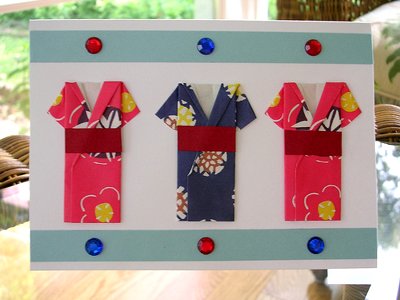

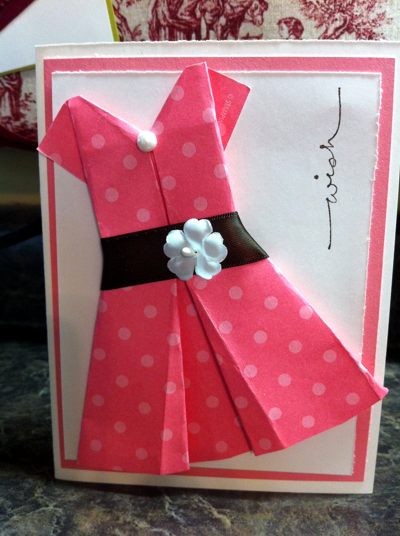
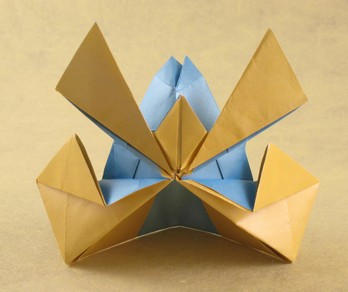
Kimonos more
info
Piggy more
info
Dress more
info Samurai
Helmet by
Seiji Nishikawa
They aren't
designed very long ago, but they do have the same simple looking
style as 'real' traditional models
Origami Great Grandmaster
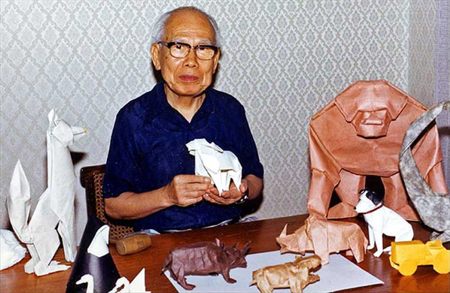
Each
sort of art has his own stars, origami too and the biggest is Akira
Yoshizawa (1911-2005).
He designed
about 50000 models and invented many new techniques,
like wetfolding and folding-symbols for making clear origami folding
instructions.
Click
here for more info about Akira Yoshizawa
Click here for some videos
about Origami Masters (at this site)
click here for archive page
history





 Modular Origami
Modular Origami Kirigami
Kirigami Strip-folding
Strip-folding












